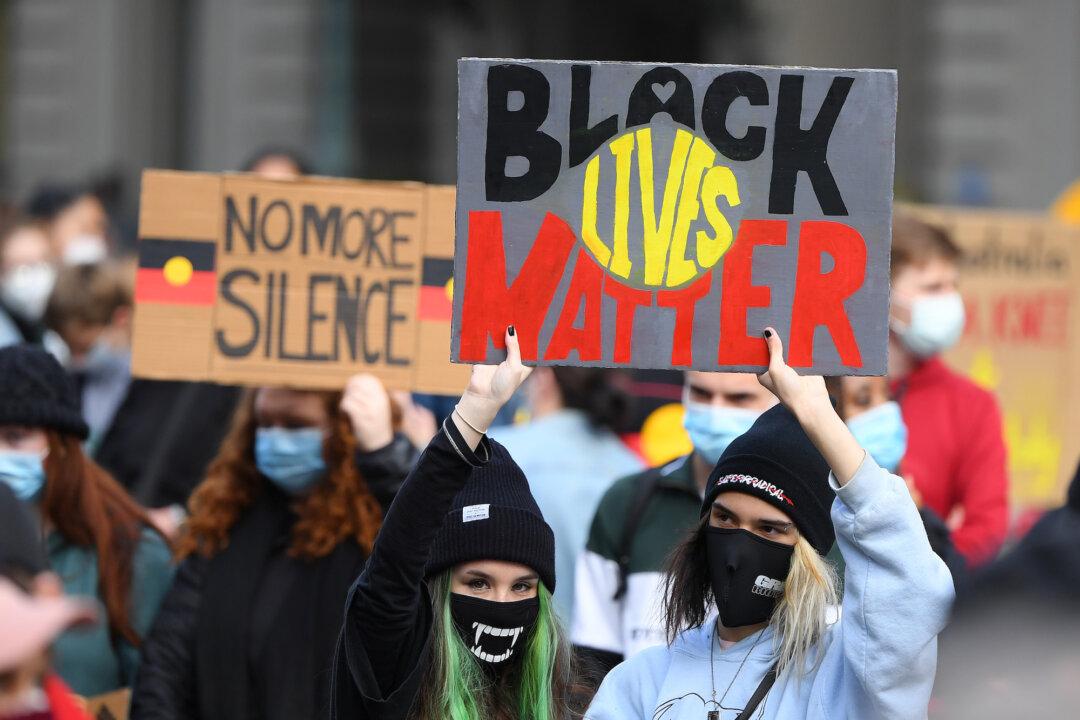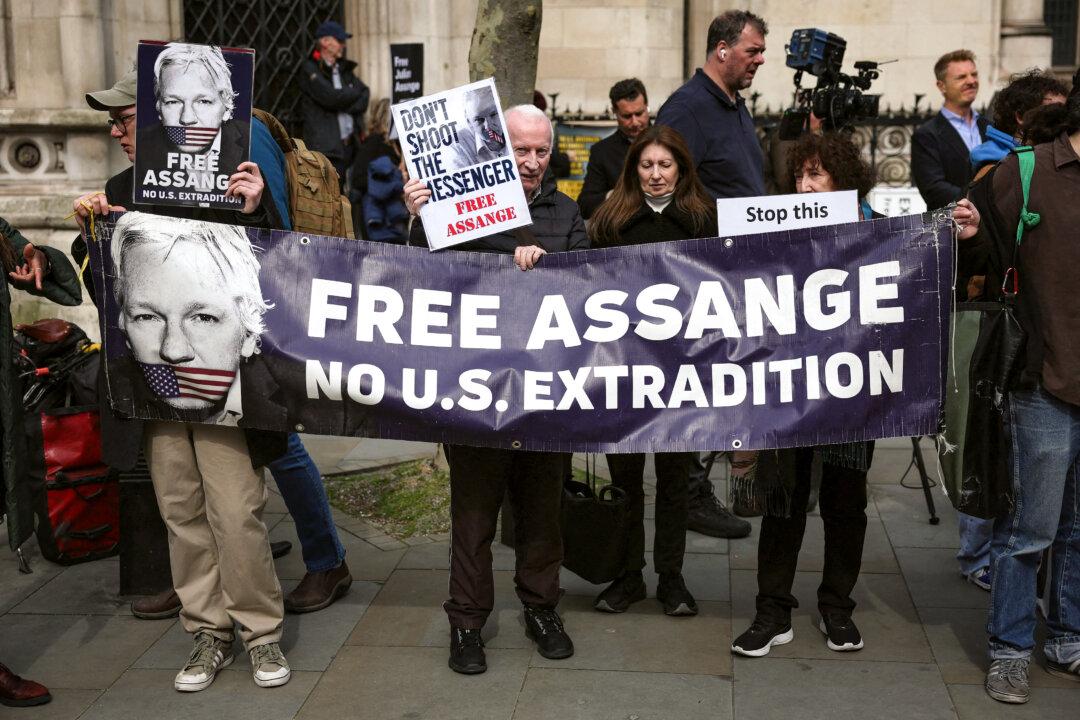Commentary
The Australian Senate has just voted to keep Critical Race Theory (CRT) out of the national curriculum after the new proposed curriculum gave “priority to teaching the culture, perspectives, and history of indigenous Australians across all subjects, including maths.”





